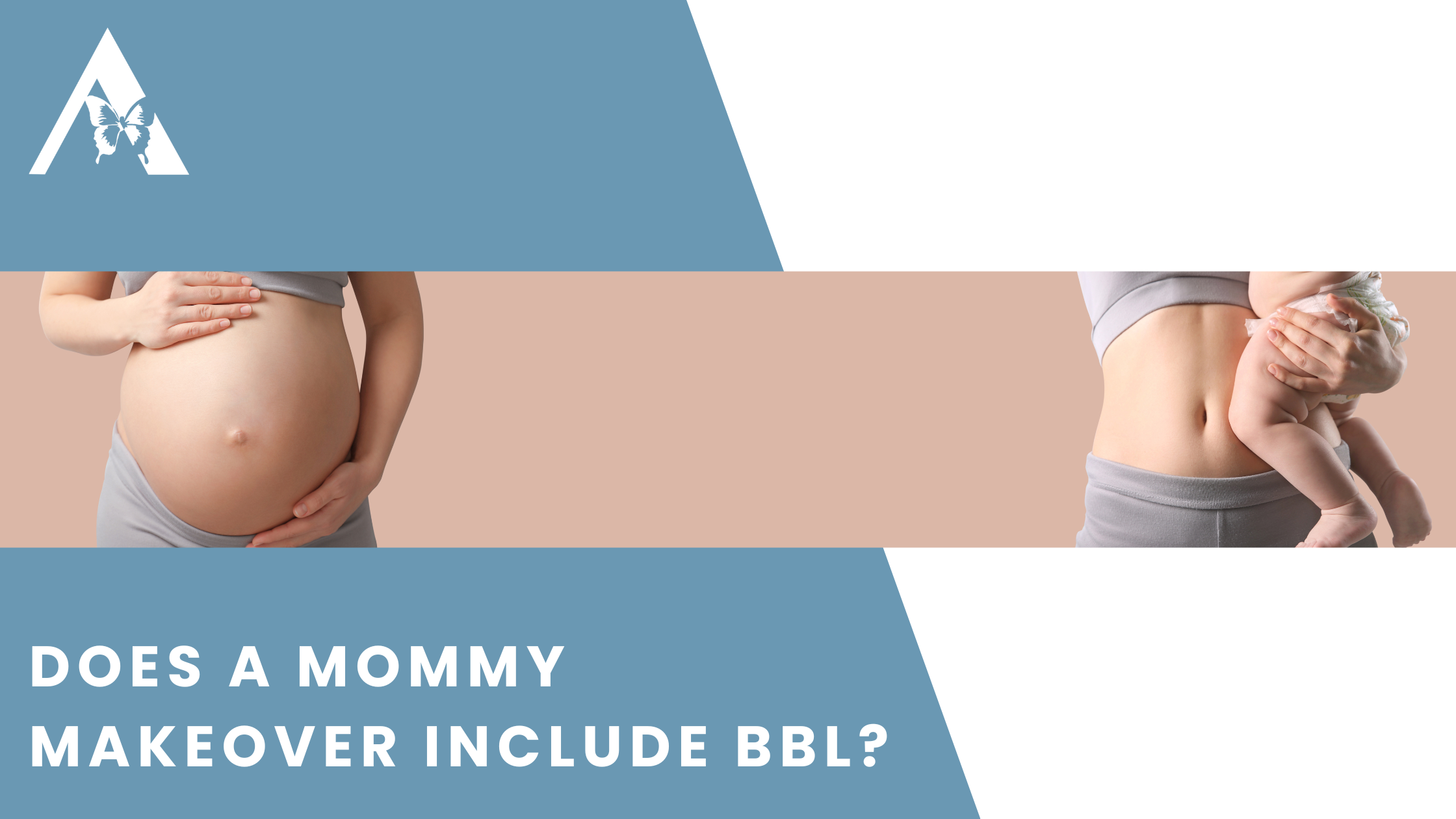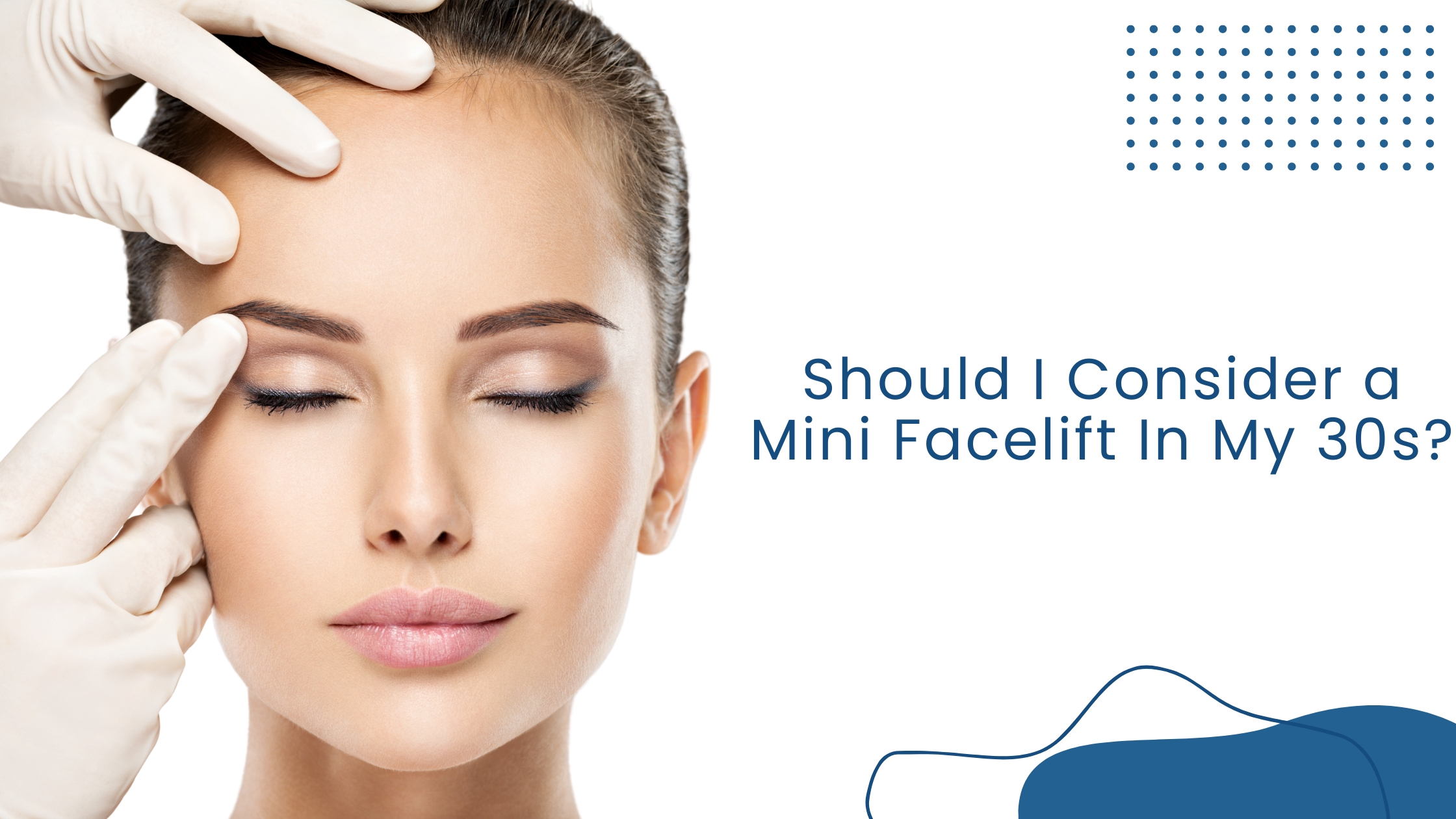
“Augmentation,” “lifting,” and “reduction” are the words we think of when envisioning a younger, more voluptuous version of our breasts. But are they the Holy Trinity of breast rejuvenation?
Here at Aesthetica, we believe otherwise. Breast areola reduction is an often overlooked step in the patient’s breast rejuvenation journey. The areola is the dark, circular area around the nipple, and its size and shape can vary from person to person. Pregnancies, age, and breastfeeding are some of the factors widening or stretching the entire areola and nipple complex, causing our patients to feel self-conscious about their breast aesthetics.
Fortunately, areola reduction surgery is a simple and effective way to reduce the size of the areola and achieve a more aesthetically pleasing breast shape. A quick, general anesthesia-free procedure is all it takes to rejuvenate your breasts and rediscover your self-confidence!
What is Areola Reduction Surgery?
Areola reduction surgery is a cosmetic surgical procedure that aims to decrease the size of the areola (i.e., the darker pigmented area surrounding the nipple). The procedure is performed without anesthesia and involves removing a circular or doughnut-shaped piece of tissue from around the areola. The remaining tissue is then sutured back together to create a smaller areola.
Women undergo areola reduction surgery for various reasons, although most often for cosmetic purposes. Some women feel self-conscious or uncomfortable about the size or shape of their areolas and wish to have them reduced to improve their appearance or boost their confidence. Other women experience changes in their breast shape and size due to pregnancy, breastfeeding, weight loss, or aging and seek areola reduction surgery as part of a more extensive breast enhancement procedure such as a breast lift or breast reduction.
In some cases, women undergo areola reduction surgery for medical reasons, such as if their areolas are too large and cause discomfort or irritation during physical activity or if they have an inverted nipple that needs correction.
What Happens During Areola Reduction Surgery?
During areola reduction surgery, Board-Certified Plastic Surgeon Dr. Phillip Chang will remove a portion of the pigmented skin surrounding the nipple. The procedure typically takes less than an hour and is performed without anesthesia, allowing you to jump back into your daily routine!
Dr. Chang will begin the procedure by making an incision around the outer edge of the areola, creating a circular or oval-shaped opening. He will then remove the desired amount of tissue from the outer edge of the areola and bring the remaining tissue together to create a smaller areola with a more aesthetically pleasing shape.
Dr. Chang is a renowned expert in two areola reduction surgery techniques:
- The Donut surgical technique, through which a donut-shaped template is incised from around the areola. Dr. Chang creates two incisions — one around the existing areola and the second to the desired areola size — removing excess tissue between the two. He will suture the two circles together if the excess tissue area is minimal.
- The Lollipop surgical technique — ideal for more dramatic results.
Once the desired size and shape are achieved, Dr. Chang will close the incision with sutures, which are typically absorbable and do not need to be removed. A dressing or bandage may be applied to protect the incision site and help promote healing.

Who is a Good Candidate for Areola Reduction?
Ideal candidates for areola reduction surgery are women who are in good health, have realistic expectations for the procedure’s results, and are concerned about the size, shape, or symmetry of their areolas.
Women who are unhappy with the appearance of their areolas due to genetics, pregnancy, breastfeeding, weight fluctuations, or aging may benefit from areola reduction surgery. This procedure can be particularly helpful for women whose areolas have become stretched or elongated, causing them to appear asymmetrical or out of proportion with the rest of the breast.
Candidates need to schedule a preliminary consultation with a qualified plastic surgeon, who can evaluate their medical history, physical exam, and aesthetic goals to determine if areola reduction surgery is the right procedure for them.
What is the Recovery Timeline Like for Areola Reduction?
The recovery time from areola reduction surgery is minimal, as most of the procedure is skin-related. However, individual recovery times can vary depending on the extent of the surgery and individual healing rates.
Here are some general guidelines for recovery from areola reduction surgery:
- Pain and discomfort: It’s normal to experience pain, swelling, and discomfort after your areola reduction surgery. Dr. Chang may prescribe pain medication or recommend over-the-counter pain relievers to help manage the discomfort.
- Dressings and bandages: You will likely be instructed to wear a dressing or compression garment over your breasts for the first few days after surgery to help reduce swelling and promote healing.
- Physical activity: You must avoid strenuous activity and heavy lifting for at least a few weeks after surgery to allow your body to heal. Dr. Chang will provide specific guidelines for when it’s safe to resume normal activities. Most patients return to regular light workouts after 2 weeks (i.e., long walks and light weights) and strenuous workouts after 3-4 weeks.
- Follow-up appointments: You will have follow-up appointments with Dr. Chang to ensure you are healing properly.
- Scarring: Scarring is a normal part of any surgical procedure. Dr. Chang will provide instructions on how to care for your incisions to minimize scarring and promote healing.
Will I Lose Nipple Sensation After Areola Reduction Surgery?
Losing nipple sensation is a rare occurrence among areola reduction surgery patients, since the procedure does not address any underlying nipple tissue. As a result, only 1% of patients undergoing areola reduction surgery notice a loss in nipple sensation.
Does Areola Reduction Affect Breastfeeding?
Likewise, areola reduction surgery has little to no effect on breastfeeding since it doesn’t target any of the underlying nipple tissue. Of course, your baby’s well-being matters most, so you can simply delay the procedure until you’re done breastfeeding for safety.
Schedule Your Areola Reduction Surgery Today!
Ready for your areola reduction surgery? Come meet with us at 19500 Sandridge Way, Suite 350, Leesburg, VA 20176, or call us at (703) 574-4342 for a complimentary consultation with Board-Certified Plastic Surgeon Dr. Phillip Chang before moving forward with your procedure! If everything matches up, our team will help you navigate the entire process, from beginning to end! Also, don’t forget to check out our blog and social media for more information on plastic surgery and plastic surgery trends!
Let Us Help You!
Our office can provide you with helpful information, schedule a free consultation, and walk you through the many services and procedures we provide.
Contact Dr. Chang's Office:
More Articles For You
Are Silicone Injections in Buttocks Safe?
In today’s world, where the aesthetic appeal of one’s body can often feel as though

Does a Mommy Makeover Include BBL?
Many women look forward to the blessings of motherhood. Having a child is a very

Male Plastic Surgery: Before and After
Women aren’t the only ones who want an aesthetically pleasing body. Men do too. And

Should I Consider a Mini Facelift In My 30s?
Turning 30 is more than just a milestone age; it’s often a time of reflection

